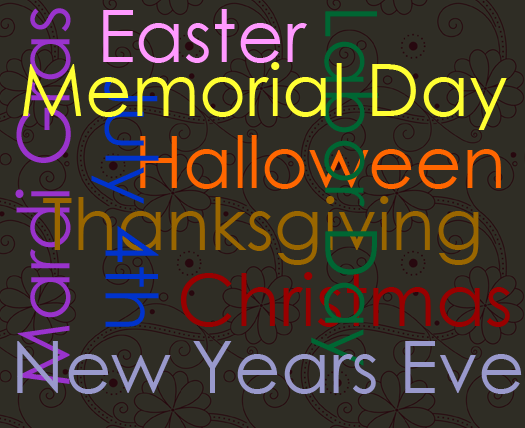Are You Rocking Donor Retention 101?
It’s doubtful you are unless you’re making robust use of your donor database for this purpose.
In other words, you must make this a TOP priority.
Retention lives or dies in how effectively, or not, you use your database to support your relationship-building, loyalty-driving efforts.
If you think of your database as a largely undifferentiated mailing list, you’re not going to realize your potential to:
- Boost renewal rates
- Increase average gift size
- Upgrade donors
- Secure major and legacy gifts
- Recapture lapsed donors
- … and more!
Really, I just can’t bear to think of you not maximizing return on your investment. And that won’t happen unless you focus on donor lifetime value. And lifetime value will be very, very small — unless you retain and upgrade donors over time.



 This Thursday folks in the United States will celebrate what I consider to be the social benefit sector holiday of the year: Thanksgiving!
This Thursday folks in the United States will celebrate what I consider to be the social benefit sector holiday of the year: Thanksgiving!



